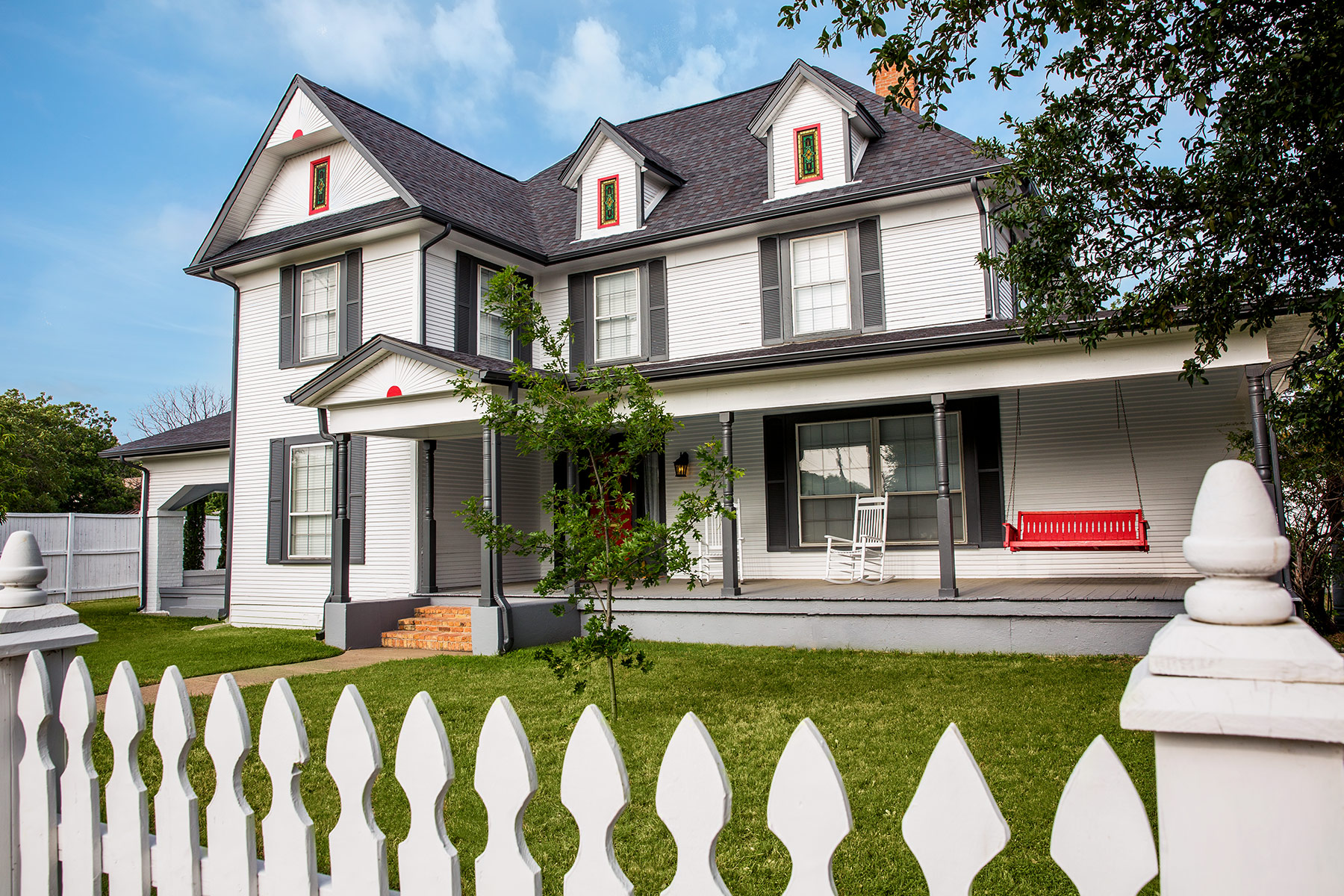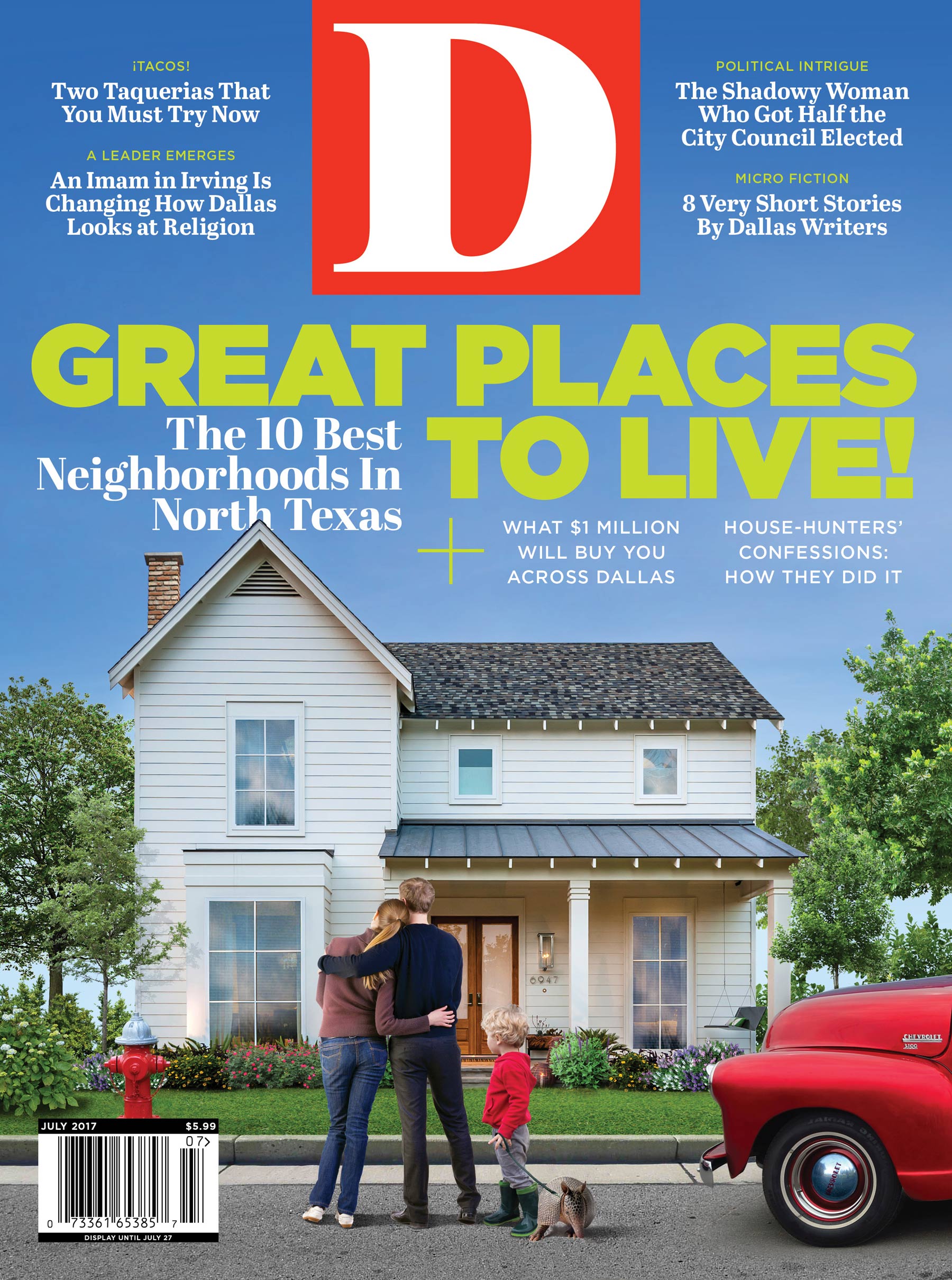Old Downtown Frisco


Frisco is the second-fastest growing city in the country, based on population estimates released by the Census Bureau in May. It now claims 163,656 souls. But not everything is new and shiny here. The old downtown, along Main Street, looks like a piece of Oak Cliff was dropped into the middle of the booming ’burb on the prairie. There’s a church, a Thai place, a consignment shop, a cafe attached to an Exxon—a whole host of funky storefronts in old buildings. You can walk to all of it from the blocks bordering the strip. The houses on the southern side of Main verge toward tumbledown, but there are large, old farmhouses on the north side, some refurbished beautifully, others in the process of being refurbished. And more change is coming. The area is being rebranded as the Rail District, and a developer has big plans for a mixed-use project on the site of the old Double Dip custard shop.
“Things took off here with these historic homes, many of them farmhouses, coming on the market. I mean, they are more than 100 years old. Unlike McKinney, where there are thousands of historic homes, the historic district in Frisco is tiny. And until about four months ago, none came up for sale.” —Stephen Reddy, Designer Realty
Uptown/State Thomas

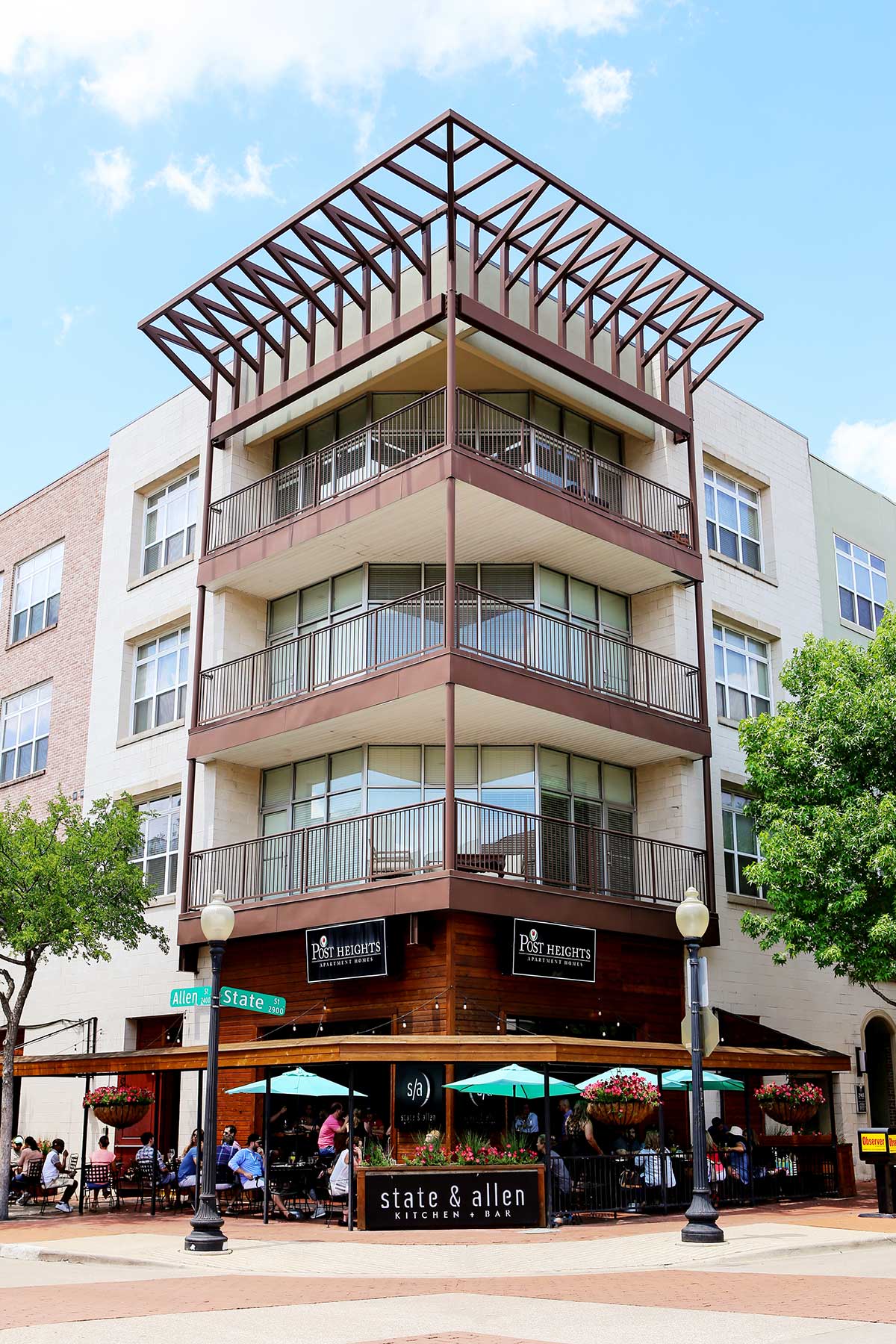
Just after midnight, on a Saturday night in May, McKinney Avenue teems with drunken twentysomethings who spill out of the area’s wildly popular bars and clubs and onto narrow sidewalks. The streetscape can’t handle the crowds, and the rowdy masses press out into the street. Traffic gridlocks. The trolley, which putters along easily through the heart of Uptown during daylight hours, crawls to a halt. The scene is a snapshot of a neighborhood straining under the weight of its own success, struggling to come to terms with its sometimes schizophrenic character.
Uptown is ground zero of Dallas’ urban boom. In 2016, it ranked fifth in the nation for new apartment construction. What was, at the beginning of the 20th century, a collection of Victorian manses that buttressed one of Dallas’ original freeman’s towns, became, in the 1990s, a case study in urban renewal. The establishment of the State Thomas Historic District helped preserve some of the original houses amid the trendy commercial development and luxe townhomes. Today, Uptown offers a tale of two neighborhoods. By day, it is a quiet, leafy, and highly coveted urban residential district. By night, it is the crossroads of foolishness and hope, where everyone wants to be.
“When our small group of urban pioneers, including Patricia Meadows, first started planning for what we named Uptown in the early 1980s, I did not think homes in State Thomas would today be selling for $500 per square foot.” —Kyle Crews, Allie Beth Allman & Associates
Learn more about Uptown/State Thomas
Westlake
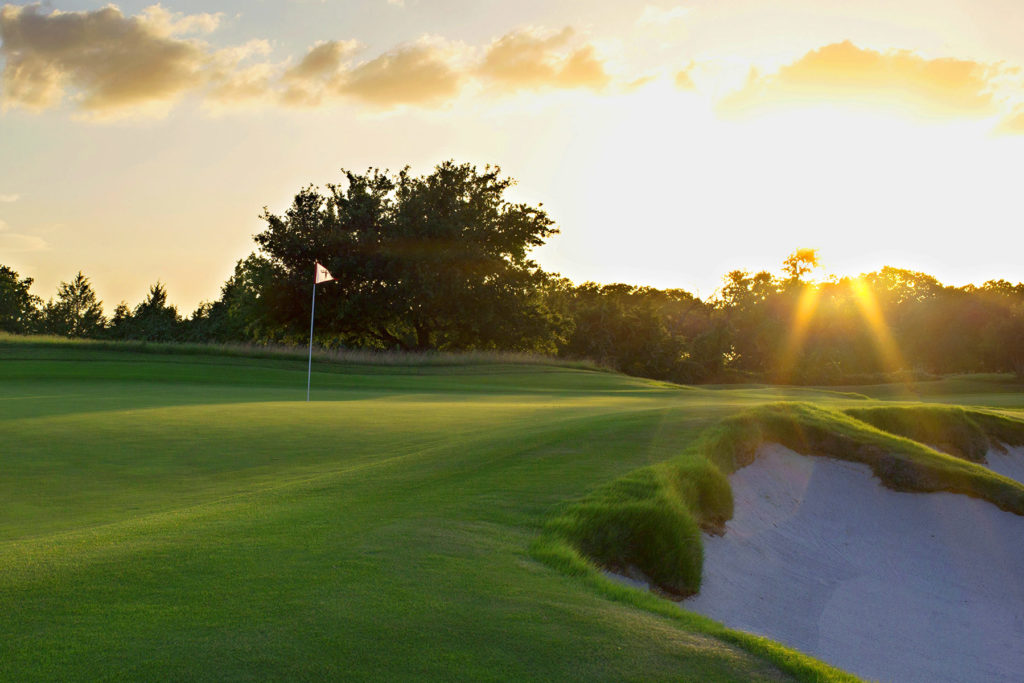
If you have to ask about the initiation fee, Vaquero might not be for you. AvidGolfer magazine last year named it the best overall private club in North Texas.
Let’s say you have oodles of money, need easy access to DFW Airport, and like your privacy. Enter Westlake. No, really. Just try entering Westlake. You’re not going to get very far because most of the small town—set between the borders of Southlake, Fort Worth, Keller, Roanoke, and Trophy Club—is made up of gated communities. The crown jewel of these is Vaquero, a 350-lot residential community and country club developed in 2001 on a portion of the fabled Circle T Ranch land. Most residents here join the club, but if you have to ask about the initiation fee, you probably can’t afford it. The Equity Golf membership gets you access to the Tom Fazio-designed course and, if you live inside Vaquero’s 24-hour-guarded gates, comes with concierge services encompassing everything from dry cleaning to car washing to pet sitting. “It’s resort-style living,” says Cheryl Staley of Briggs Freeman Sotheby’s International Realty. “But it’s not stuffy. It’s not snooty. Don’t be surprised if you walk into the club and people are wearing shorts and flip-flops.” Vaquero, however, now has some competition: Quail Hollow, a not-yet-developed community across the street that’s being marketed as more exclusive, with only 92 homesites. It’s also more expensive—lots are priced anywhere from $595,000 to $2 million, and that’s just for the dirt.
“We want Quail Hollow to mirror some of the well-known neighborhoods around the country, such as Beverly Hills or Houston’s River Oaks, where the homes as a whole aren’t just houses, but works of art.” —Bryan Elliott, developer
Glen Abbey


One of the most exclusive gated communities in North Dallas was once the secluded estate of Clint Murchison Sr., Texas oil magnate, philanthropist, and father of Dallas Cowboys founder Clint Murchison Jr. After Clint Jr. sold the property due to financial woes in the mid-1980s, Folsom Properties developed the raw, natural acreage into 100 lots. The most famous current resident is former Dallas Cowboys quarterback Tony Romo, who commissioned Mark Molthan to build a 30,000-plus-square-foot home on a 3-acre creek lot. Bordered by Bent Tree Country Club, Preston Trail Golf Club, and White Rock Creek, the neighborhood is conveniently located off Keller Springs Road east of the Tollway. Houses are still available for under $2 million on zero lots, but prices rise up to $8 million for estates on sprawling grounds. The Lawn, a recent offshoot of Glen Abbey to the east, has also been developed by Folsom Properties. This zero-maintenance community of roomy, one-story luxury homes caters to empty nesters seeking to pay less than $2 million and save on rising property taxes.
“I don’t know where else you could live in Dallas and have the views of the creek and the 10-acre nature preserve that Glen Abbey offers, complete with bobcats, coyotes, armadillos, and foxes. It’s like you are in the Hill Country, but on an estate.” —Vicki Shelton White, Briggs Freeman Sotheby’s International Realty
Beckley Club Estates

You may think you know Oak Cliff, but head south on Beckley Avenue, past I-35E and the Dallas Zoo, and turn right on Appian Way. Cross a narrow bridge shaded by cedar trees, and you’ll find yourself in a hidden Northern California-style neighborhood of winding streets and steep hills, populated by Spanish eclectic and Tudor houses with lush landscapings of lilies, palms, and azaleas. And peacocks. Peacocks just wander the streets.
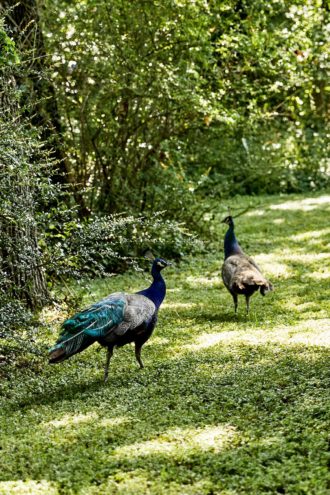
Developer S.A. Temple, who was involved with parts of Munger Place in Old East Dallas and Country Club Estates in Lakewood, established this enclave of 60-odd houses in the 1920s, advertising it as “the most unusual, most unique, most distinctive real estate subdivision ever offered in Dallas!” At the time, the houses were set on hills above three small man-made lakes. Due to safety concerns, the dam eventually was dynamited and Cedar Creek returned to its natural flow. But the bridges and secluded homes, many of which were rediscovered and renovated in the 1990s, remain. It is hoped that if the proposed 5.5-acre deck park over I-35E is approved, physically reconnecting north and east Oak Cliff, this area will receive a big boost.
“Houses are flying, selling within days of coming on the market. That’s because prices are very appealing, generally under $250,000, though some are now going up and over.” —Molly Arnold Branch, JP & Associates
Melshire Estates
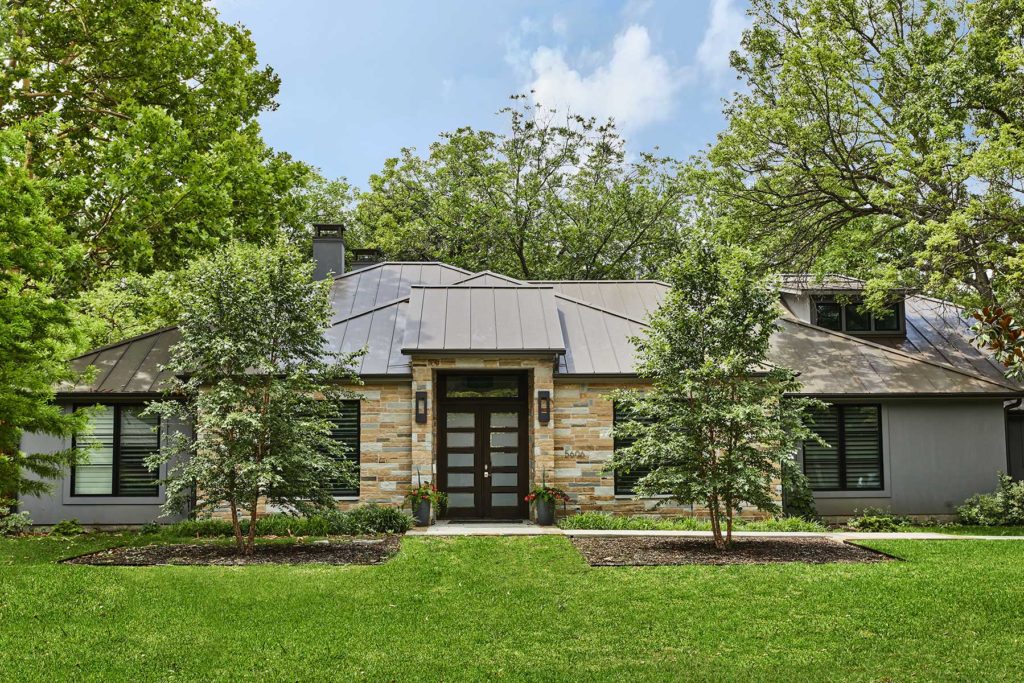
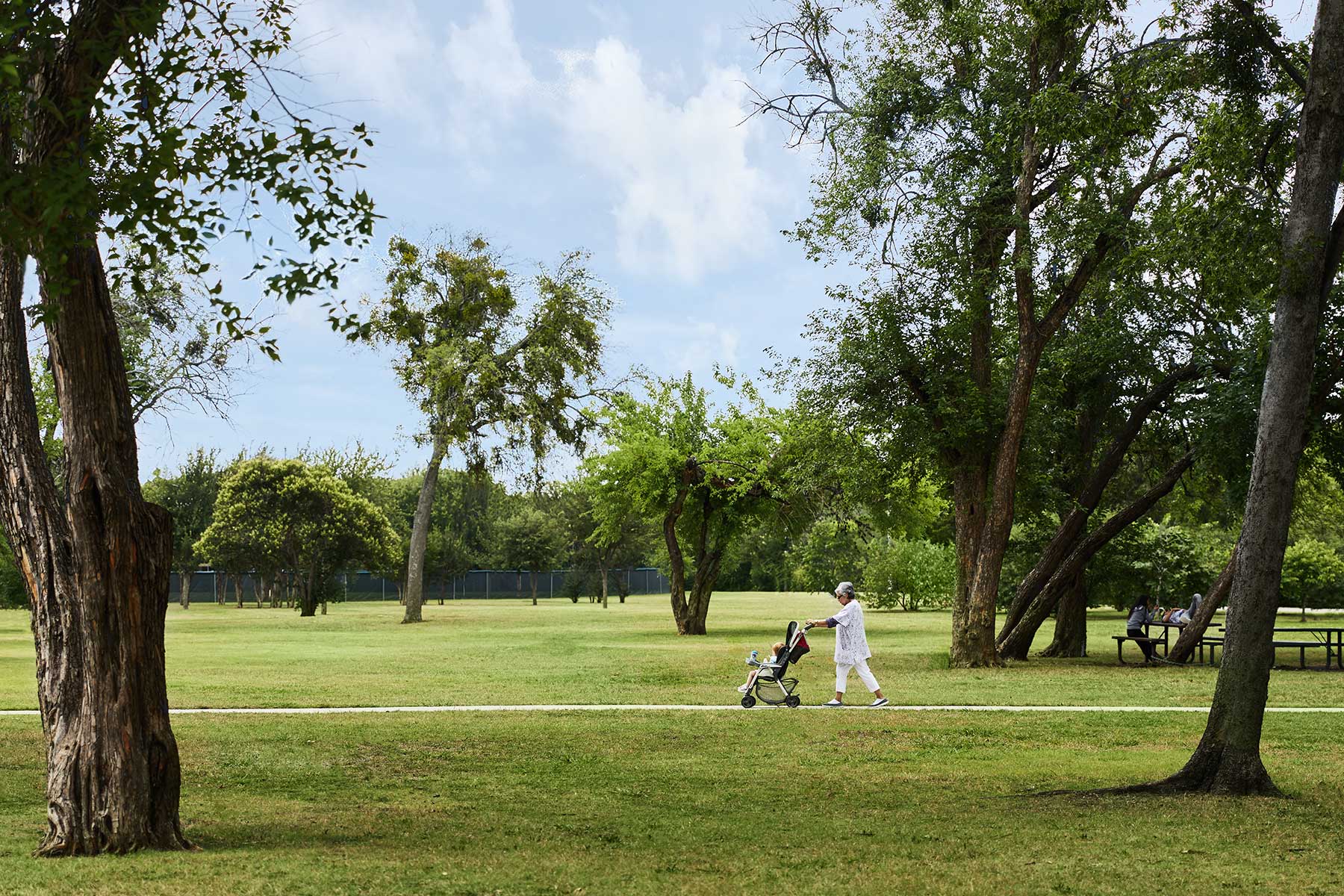
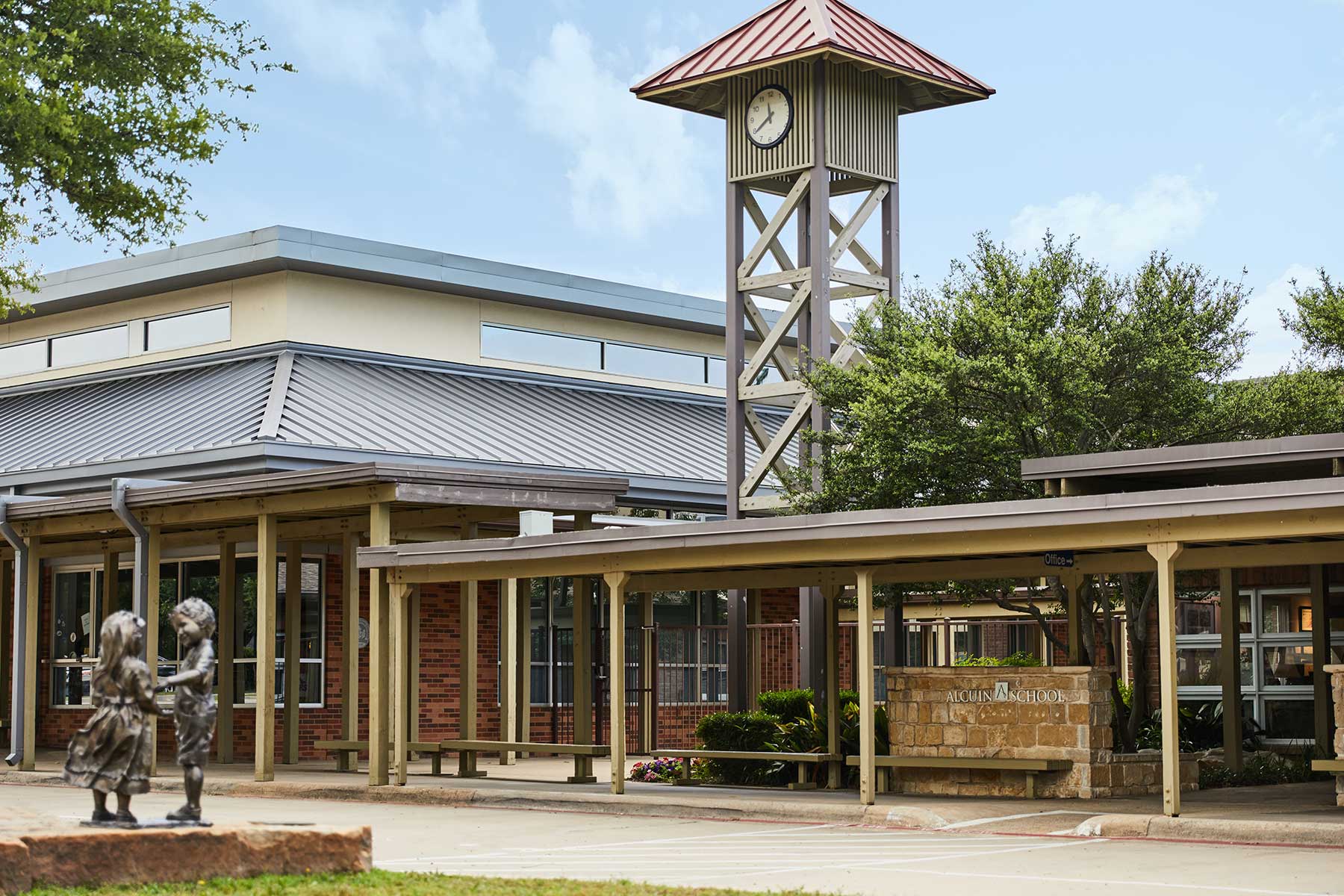
On a Wednesday afternoon, a father pushes a stroller while his son, wearing a Mavs yarmulke, rides past Jamestown Park on a Razor Scooter, the fringed tzitzit hanging from his cargo shorts waving in the breeze. Around the corner, Hispanic, African-American, and Anglo kids escape into the sun during their lunch hour at E.D. Walker Middle School.
This diverse neighborhood is set between the Tollway and Preston Road to the west and east, and Charlestown Drive and Forest Lane to the north and south. The large lots, housing a mix of sprawling, traditional ranches and modern, transitional new-builds, are quietly tucked amid schools, churches, and shopping centers. In addition to Walker Middle School, there’s Jesuit Dallas, St. Rita Catholic School, Dallas International School, and Alcuin School. The Dallas Texas Temple of The Church of Jesus Christ of Latter-day Saints sits behind Congregation Ohr HaTorah. As far as shopping? You can get your hair and nails done, deposit a check, get your suit tailored and your car washed, take your kid to the pediatrician, stop at the kosher Tom Thumb, and pick up a bubble tea on your way home from yoga, all at the end of the block. And just wait until they finish the new development where Valley View Mall used to be. This is a neighborhood residents never need, or want, to leave.
“The homes were built in the ’50s and early ’60s, and, if they are not torn down, they are remodeled to perfection. We are beginning to see an amazing collection of transitional contemporary homes here that are going to completely redefine this area. They are springing up like crazy.” —Alan Press, United Real Estate
Learn more about Melshire Estates
Fairview

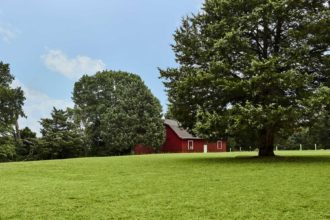
large lots, perfect for horse owners, but the Village
at Fairview (below),
snuggled up against Central Expressway, keeps shoppers occupied, too.
Sandwiched between Allen to the south and McKinney to the north, Fairview wasn’t incorporated until 1958, and, as the town’s website says, they are still “keeping it country” here. Though there are some newer zero-lot-line subdivisions, many of the lots for sale are big enough to keep horses on. Look around, and you’ll find areas with rolling hills and mature trees. That low density offers a huge benefit: Fairview was ranked in May as the fourth-safest city in the state by the National Council for Home Safety and Security. But it’s not all wide open spaces. Just down Stacy Road, right off Central Expressway, you’ll find the mammoth Village at Fairview mall (and its equally huge counterpart across the street, in Allen). It just opened in 2009, but earlier this year it changed hands, and the new owner plans to put $50 million into a renovation. So they’re keeping it country—to a point.
“They come here and say, ‘I want to be in Lovejoy ISD. Period. Don’t show me any homes not in that school district.’ The good schools have driven this area for the past 10 years. We have the highest rating in TEA. We are up there with Southlake, University Park, and Highland Park.” —Tom Grisak, Tom Grisak Estate Homes Realtors
Bluffview

it retains a bucolic feel.
As you wind along Watauga Road, towering trees etch shadows onto estates set back from the street. You feel far from the city, transported by the hills, green, and quiet. This is the magic of Bluffview—the North Dallas neighborhood located between Northwest Highway and Lovers, Inwood and Midway—whose topography is as refreshing as its homes are lavish. The area, originally 215 acres of dairy farm, was developed as 1-acre-lot Bluff View Estates in 1924 along Bachman Creek and was annexed by the city in 1943. In the neighborhood’s southeast corner, there are a few blocks between Elsby and Menier known as Baby Bluffview, which tends to attract buyers who’ve been priced out of Devonshire to the east but who can’t afford an extravagant Bluffview abode to the west. Although the area as a whole is mostly residential, nearby Lovers Lane provides entertainment with the Landmark Inwood theater and longtime restaurant staples, Neighborhood Services and Celebration Restaurant. To the north, Bluffview Growler, little brother to Lakewood Growler, is well-situated by the picturesque Bachman Creek Greenbelt, where you’ll often see residents out for a sunset jog.
“It has such an Austin sensibility. The hills, cliffs, and winding, crunchy streets take you completely out of the city. There are no sidewalks. Bluffview buyers prefer trails and hills to walk and hike.” —Jonathan Rosen, The Collective Residential
Highland Park
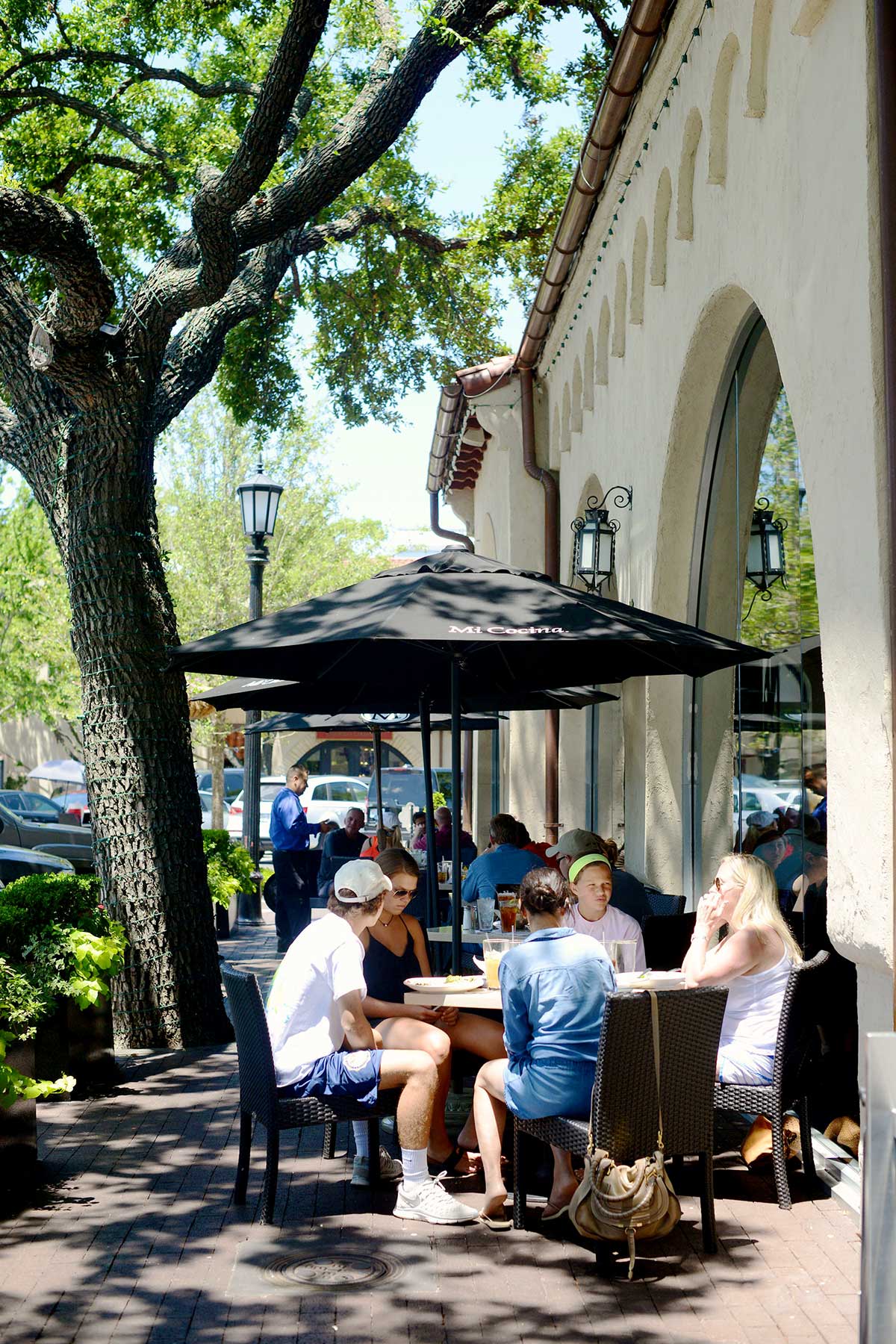

A quick word to those who aren’t already fully up to speed on Highland Park: welcome to North Texas and we hope Toyota’s moving allowance was generous. Everyone else, you know what’s up. Life in The Bubble—the nickname used with derision by outsiders and with pride by Parkies—is what most strive for, no matter what they might tell their Bishop Arts dinner dates. Great schools, insanely high property values, a sense of safety bordering on overprotection, and really outstanding odds of seeing Troy Aikman at the Mi Cocina in Highland Park Village. Other neighborhoods in North Texas fluctuate, in both value and values, but HP remains the same, a safe investment with a ferociously defended small-town feel.
That’s why it’s so difficult to get in. “There are only 3,500 homes,” says Jonathan Rosen of The Collective Residential, “and that number gets smaller every year as homes get larger.” How difficult? The Crow estate sold for $42 million—as a teardown.
“HP is consistently hot for many reasons: the outstanding school district, the large lots, mature trees, established landscaping, fabulous architecture, and the residents, many of them movers and shakers. Residents are a who’s who of successful, influential people—not just in Texas, but in the world.” —Mark Cain, Dave Perry-Miller
Learn more about Highland Park
Old Lake Highlands
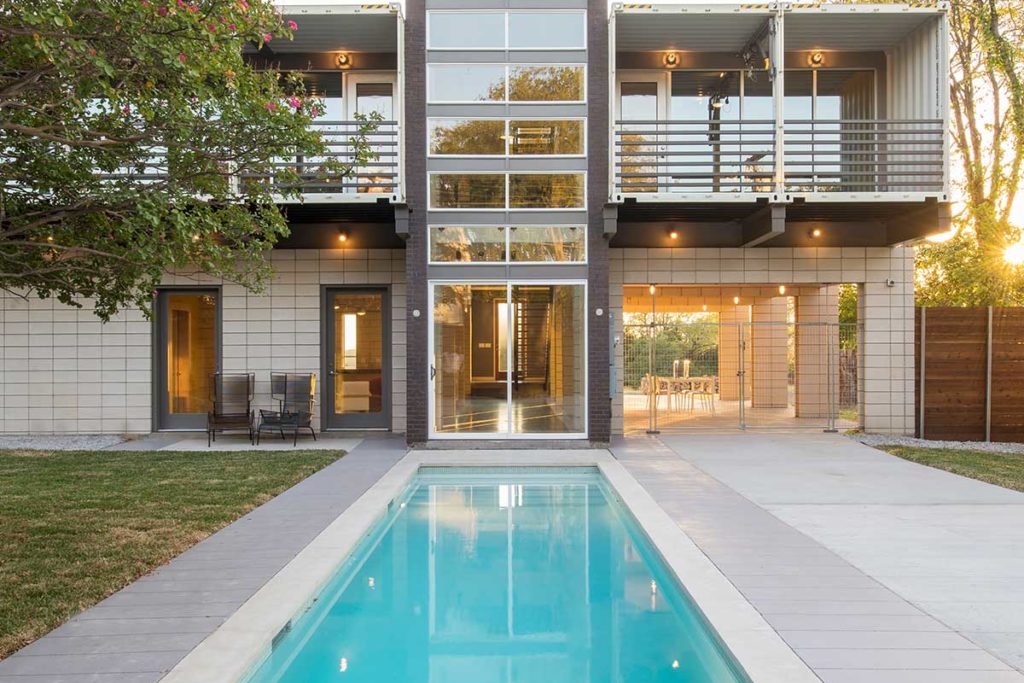
new-build is so radical, but most in the neighborhood do tend toward modern.
When you stop at the Green Spot for coffee and a breakfast taco or two—and this will definitely become your morning routine within about two weeks of moving here—you will invariably run into someone you know. More often than not, it will be someone you thought lived in a different neighborhood. But, no, they’re in Old Lake Highlands now, part of a steady influx over the past decade or so, as Hexter Elementary has become one of the best schools in Dallas ISD.
It’s not just young families who’ve caught on to the neighborhood that has long lived in the shadow of Lakewood and Forest Hills. Who wouldn’t be attracted to one of the loveliest views in the city (best taken advantage of by the stunning house at 422 Peavy (above) built from shipping containers) or the easy access to White Rock Lake and all that entails? It’s only really missing a true town square, a real gathering place, though there are rumblings that the recently renamed White Rock Center—which abuts the Green Spot and is the former home to the late, great Shady Side—may be coming back to life.
“The lake is right there, and you can easily cycle everywhere. There is a nature preserve on Van Dyke where you can see the Dallas skyline. We have fireworks and parties there every Fourth of July. People walk with their dogs or babies in strollers. It’s just a very active community.” —Barbara Arredondo, Clay Stapp + Co.


